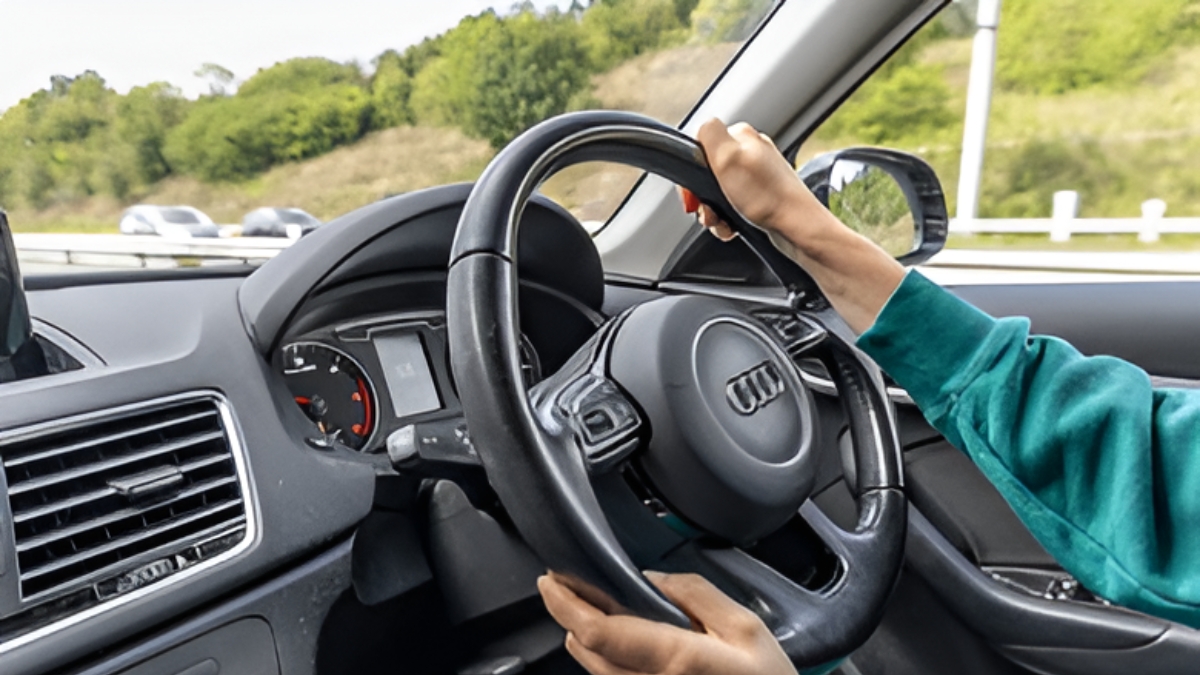The UK’s driving licence system is entering a major transformation in 2025 the biggest in decades. From digital licences and new electric vehicle (EV) weight limits to medical reporting and unified penalty systems, almost every driver in England, Scotland, Wales, and Northern Ireland will notice changes.
The Driver and Vehicle Licensing Agency (DVLA) and the Department for Transport (DfT) have announced these updates as part of a wider plan to modernise the UK’s transport infrastructure, improve safety, and simplify administration.
What Exactly Is the 2025 UK Driving Licence Reform?
In simple terms, the 2025 reforms are designed to replace outdated paper-based and manual processes with a streamlined, digital-first approach. They aim to make driving safer, more efficient, and more aligned with the UK’s sustainability goals.
The key areas of change include digital licence rollout, medical record integration, EV weight allowances, shorter licence validity, and a nationwide penalty database.
| Change Area | Old Rule | New Rule (2025) |
|---|---|---|
| Licence Format | Physical photocard only | Digital licences introduced (optional 2025, mandatory by 2030) |
| Licence Validity | 10 years | 5 years with faster renewal and ID checks |
| Medical Reporting | Manual doctor letters | Digital NHS-linked verification |
| EV Weight Limit | Up to 3.5 tonnes | Raised to 4.25 tonnes for Category B licences |
| Address Changes | By post | Mandatory digital updates via app |
| Penalty Records | Managed regionally | Unified UK-wide system |
| Photo Renewal | Every 10 years | Every 5 years (digital upload) |
How the New Digital Driving Licence Works – Explained Simply
The most talked-about change is the digital driving licence, which launches in phases from early 2025. Initially optional for new applicants, it will become the standard format by 2030.
Accessible via the secure MyDrivingApp, the digital licence carries the same legal authority as the traditional photocard. It uses facial recognition and biometric encryption to prevent fraud while giving drivers instant control over their data.
Main features of the digital licence:
- Instant updates for address, penalties, and medical details
- Integrated link to insurance, MOT, and police systems
- Renewal alerts and direct uploads through the app
- Environmentally friendly, paper-free system
The first rollout targets drivers aged 18–35, before expanding to all age groups over the next few years.
Why Licence Renewals Are Becoming Shorter
From 2025, UK driving licences will be valid for five years instead of ten. This change is being made to keep driver records more current and to ensure identity checks are up to date.
Shorter renewals will:
- Help detect medical or legal issues earlier
- Keep photos and contact details accurate
- Strengthen anti-fraud protections
Drivers aged 70 and above will continue renewing every three years, while those with medical conditions may face shorter renewal cycles.
Medical Rules Go Digital – What Drivers Should Know
Another major change involves medical reporting. From 2025, the DVLA will link with the NHS medical database (with driver consent) to verify a person’s fitness to drive.
This means drivers with conditions such as diabetes, epilepsy, or vision issues will no longer need to submit physical GP letters. Instead, medical records will be securely checked online, making renewals faster and more transparent.
Temporary medical suspensions such as after surgery or a serious illness can also be lifted digitally once a doctor confirms recovery.
Electric Vehicle (EV) Licence Updates – New Weight Limits Explained
With EV adoption booming, the government is adjusting driving licence rules to reflect heavier electric batteries. From 2025, anyone with a Category B (standard car) licence will be able to drive electric vehicles up to 4.25 tonnes, compared to the old 3.5-tonne limit.
This makes it easier for individuals and small businesses to use electric vans and delivery vehicles without applying for additional licence categories. However, this flexibility only applies to personal or non-commercial use.
Unified Digital Penalty System – A UK-Wide Record
In 2025, a unified penalty points system will go live across the UK. Every offence from speeding to mobile phone use will be stored in a central database accessible by police, insurers, and the DVLA.
This ensures:
- Drivers banned in one region cannot reapply elsewhere
- Penalty points are updated instantly and transparently
- Digital notifications appear in the MyDrivingApp account
The goal is to improve accountability and make enforcement consistent nationwide.
What About Learner Drivers?
Learners will also experience significant changes. The provisional licence validity will be reduced from 10 years to 5 years, ensuring personal details remain current.
Other updates include:
- Online test bookings verified through digital ID
- Instructor feedback logs tracked through the DVLA app
- Mock test progress stored digitally
This new system helps learners and instructors maintain accurate, verified driving records throughout training.
Automation and Self-Driving Vehicle Rules
As semi-autonomous cars become more common, 2025 introduces a new licence endorsement for drivers using Level 3 or Level 4 automated systems.
Those using self-driving technology will need to complete a short awareness course explaining system limitations, emergency procedures, and legal responsibilities. While manufacturers will bear more liability for automated driving, drivers must still remain alert and ready to intervene.
Green Vehicle Identification and Environmental Reforms
From 2025, all fully electric vehicles must display green licence plates, marking them as low-emission. In the DVLA database, these cars will be tagged digitally, enabling access to benefits like:
- Exemptions from congestion and ULEZ charges
- Priority parking in green zones
- Easier tracking of eco-friendly fleets
This step supports the UK’s Net Zero 2050 commitment by promoting cleaner transport.
DVLA’s MyDrivingApp – The Centre of It All
The updated MyDrivingApp will serve as the one-stop hub for all licence management needs. Through it, drivers can:
- Renew or replace their licence instantly
- Update address or medical details
- View penalty points and MOT data
- Access insurance information
- Receive automatic alerts for renewals
By bringing all essential tools together, the DVLA aims to cut paperwork and ensure every driver remains up to date.
How to Qualify and Apply Under the New Rules
To apply for, renew, or switch to a digital licence, drivers must:
- Hold a valid UK photocard or provisional licence
- Have an active GOV.UK or DVLA online account
- Consent to NHS and DVLA data integration (for medical validation)
- Upload a recent digital photograph
- Complete renewal payments online via MyDrivingApp
| Requirement | Details |
|---|---|
| Minimum Age | 17 for cars, 16 for mopeds |
| Validity | 5 years (3 for 70+) |
| Renewal Method | Digital or postal |
| Medical Proof | NHS-linked verification |
| Cost | Standard renewal £14 (online) |
How Drivers Should Prepare Before 2025
Before the changes take effect, all motorists should:
- Check their licence expiry date and prepare for earlier renewals
- Download the DVLA MyDrivingApp
- Update address and photo details digitally
- Schedule medical and eyesight checks if needed
- Stay alert for official DVLA notifications
Failing to renew on time or update personal information may result in fines or licence suspension.
Conclusion
The UK Driving Licence Changes 2025 represent a bold move toward a safer, smarter, and more connected driving system. With digital licences, streamlined renewals, and integrated medical verification, drivers will experience greater convenience but also more responsibility to keep their data current.
While traditional photocards will still be valid for now, the shift to digital is inevitable. Preparing early will make the transition seamless and ensure you stay compliant with the new era of UK driving.
FAQs: UK Driving Licence Changes 2025
1. When do the new rules start?
Most reforms take effect from January 2025, with full digital rollout continuing through the year.
2. Is the photocard licence being phased out?
Not immediately digital licences are optional in 2025 and will become mandatory by 2030.
3. Will over-70s still renew for free?
Yes. Drivers aged 70 and above can continue renewing at no cost every three years.
4. Can I drive heavier EVs with my current licence?
Yes. From 2025, Category B licence holders can drive EVs up to 4.25 tonnes for personal use.
5. How can I access my licence details digitally?
Through the new DVLA MyDrivingApp, which allows you to view renewals, penalty points, MOT status, and medical updates all in one place.



